
Travis Lavenski is a student at Harvard Law School.
In today’s news & commentary: Starbucks continues its anti-union agenda; New York Times workers protest push to return to the office; and Minnesota nurses officially go on strike.
Starbucks announced new benefits granting student loan relief tools and savings relief programs for workers at its non-unionized stores this week. The benefits are set to take place next Monday, September 19th. Workers’ rights advocates charge that the move is the company’s latest attempt to undermine the union effort. Just last month, the National Labor Relations Board charged Starbucks with illegally withholding proposed pay raises to unionized stores, marking the 24th NLRB charge against the coffee chain since workers organized in Buffalo last winter. Starbucks has claimed that they are not allowed to grant benefits to unionized workers unilaterally without running afoul of the National Labor Relations Act. However, Starbucks Workers United have waived their right to negotiate over such benefits awarded to other stores, suggesting an anti-union motivation for the company’s announcement.
More than 1,200 workers for the New York Times this week are working from home in defiance of the company’s push to return to in-person work. The workers, mostly journalists and tech workers, are organized with the NewsGuild and have been involved in contract renewal negotiations with the company for over a year. The company’s push to continue in-office operations was not bargained with the union, according to the union’s Twitter page. The union is calling on the Times to deliver “respect and a fair contract, without delay.”
Approximately 15,000 nurses in Minnesota officially went out on strike this week, becoming the largest private-sector nurses strike in American history. The strike is set to last for three days. As I previously wrote for the Blog, nurses organized with the Minnesota Nurses Association voted to strike last month over issues such as low pay, understaffing, and overworking. The pressure on nurses across the country has been immense since the beginning of the pandemic, and polling data has illustrated tangible detrimental effects as a result. Earlier this summer, Bloomberg reported that three-quarters of nurses surveyed reported feelings of burnout, while nearly half reported feelings of extreme stress, trauma, or PTSD. There are indications that nurses in other states may take collective action too, with nurses in Michigan overwhelmingly authorizing a strike earlier this month.
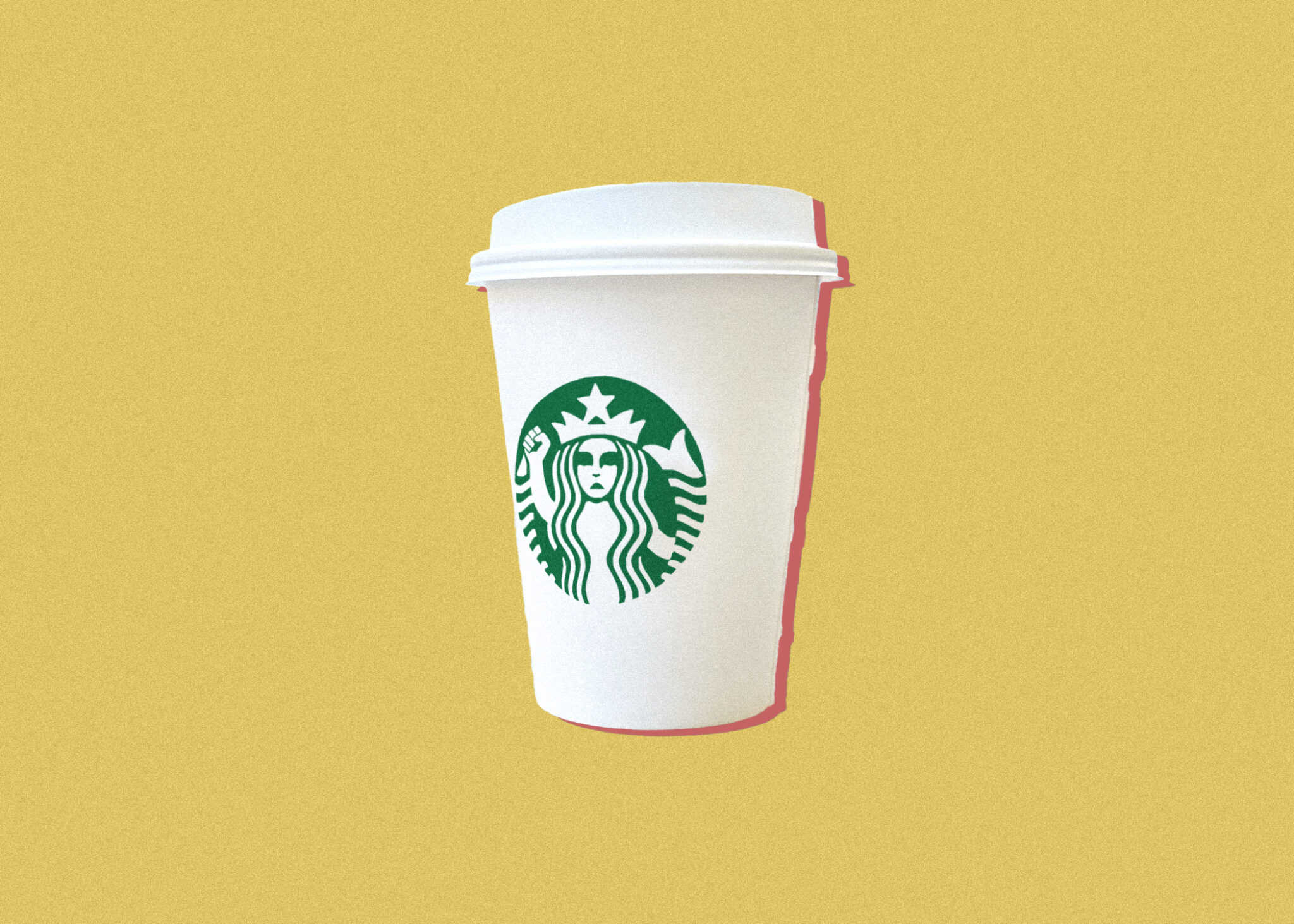
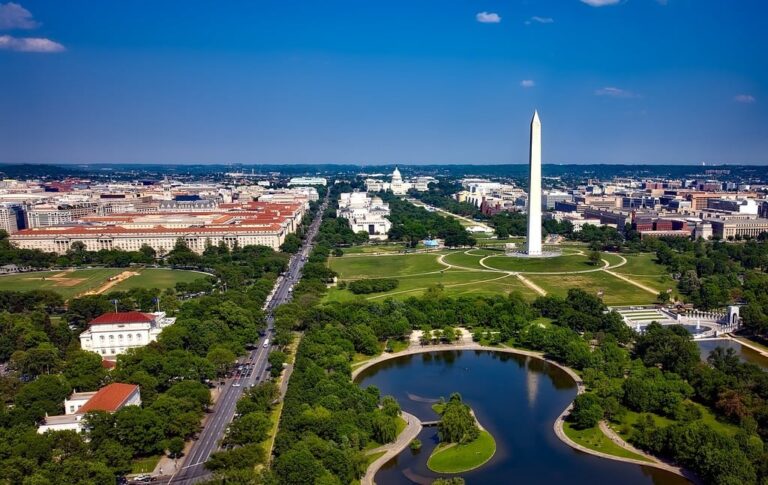
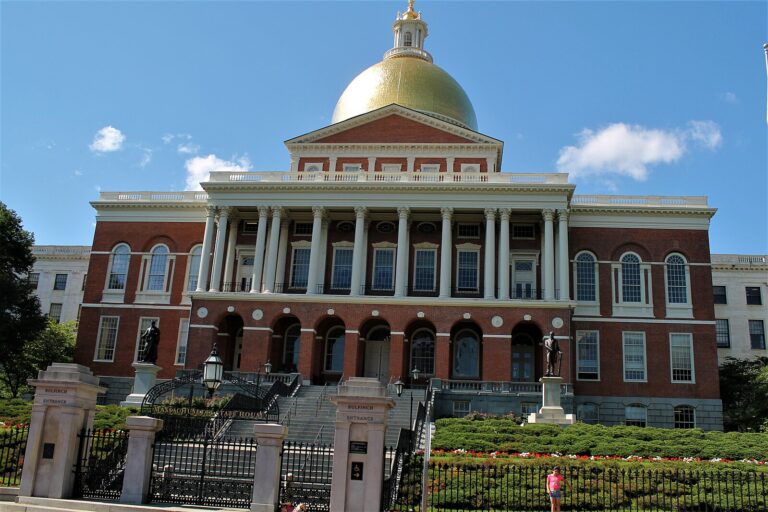
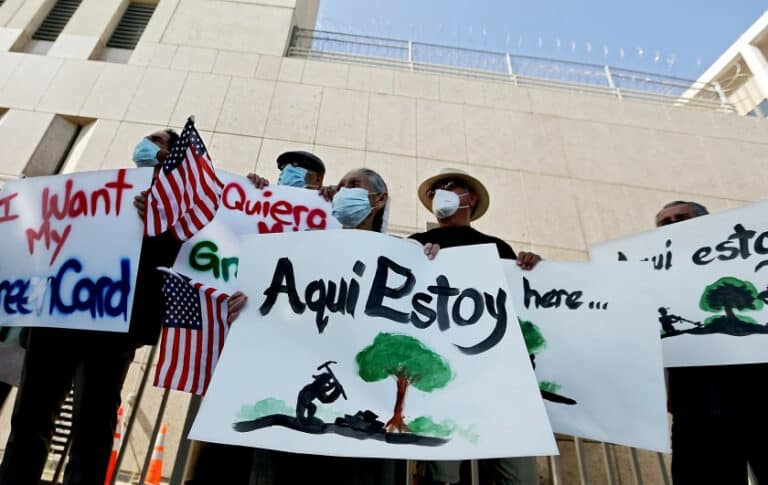
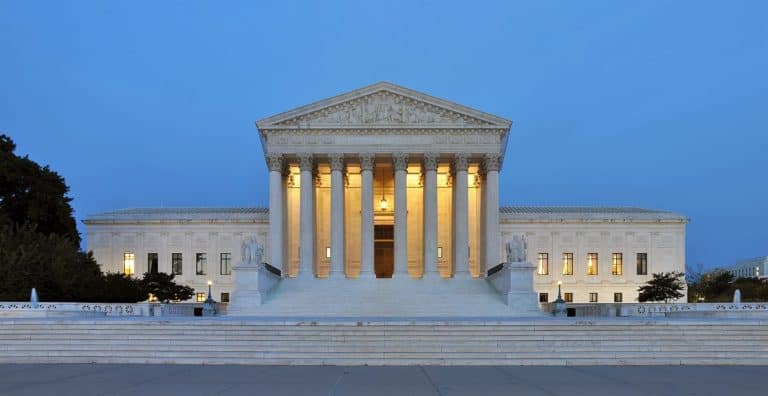

Daily News & Commentary
Start your day with our roundup of the latest labor developments. See all
July 15
The Department of Labor announces new guidance around Occupational Safety and Health Administration penalty and debt collection procedures; a Cornell University graduate student challenges graduate student employee-status under the National Labor Relations Act; the Supreme Court clears the way for the Trump administration to move forward with a significant staff reduction at the Department of Education.
July 14
More circuits weigh in on two-step certification; Uber challengers Seattle deactivation ordinance.
July 13
APWU and USPS ratify a new contract, ICE barred from racial profiling in Los Angeles, and the fight continues over the dismantling of NIOSH
July 11
Regional director orders election without Board quorum; 9th Circuit pauses injunction on Executive Order; Driverless car legislation in Massachusetts
July 10
Wisconsin Supreme Court holds UW Health nurses are not covered by Wisconsin’s Labor Peace Act; a district judge denies the request to stay an injunction pending appeal; the NFLPA appeals an arbitration decision.
July 9
the Supreme Court allows Trump to proceed with mass firings; Secretary of Agriculture suggests Medicaid recipients replace deported migrant farmworkers; DHS ends TPS for Nicaragua and Honduras